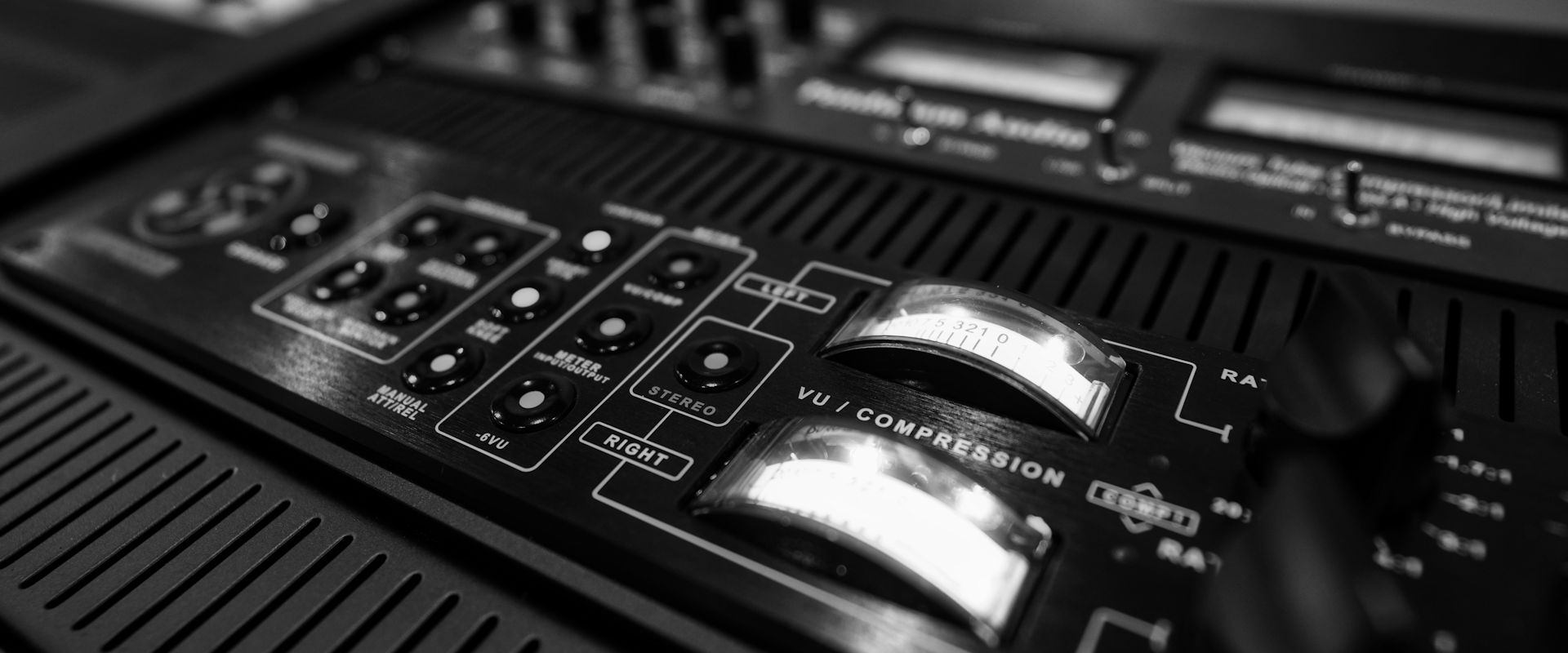5 Basic Audio Mixing Techniques Should Audio Engineers Learn
Mastering is the process of preparing an audio mix for distribution. In this process, equalization, compression, limiting, and other methods are used to make sound more consistent across different listening environments and improve sound quality. It ensures that all tracks within an album have a similar sound, making it easier to listen to from start to finish. Mastering is an integral part of the music production process. Now which techniques are most important for audio engineers to learn?
1. Distorting
Distortion is used in audio production and can be used to create a wide range of sounds. It's a great way to add warmth and character to a track. It can allow for a vintage sound, add emphasis to specific frequencies, or create a distorted sound that is uniquely full of character.
The most common type of distortion is tube distortion, which adds a warm harmonic tone to the sound. It is created by overdriving the preamp tubes in an amplifier and is often used on guitar and bass tracks. It can also create a vintage sound in drums, vocals, and various instruments.
2. Doubling, Tripling, Quadrupling
Doubling, tripling, and quadrupling are techniques used in recording to create a fuller, richer sound. Engineers can achieve a thicker sound by registering the same part multiple times and slightly altering each track's pitch, time, and tone.
Mixing techniques are beneficial for vocals, guitars, and other instruments that are meant to be heard in the mix. It can also create a more powerful sound for drums and percussion. As a result, this should add depth to the file by enhancing its various layers.
3. Pitch Shifting
By using a digital audio workstation (DAW) or audio editing software, pitch shifting is a technique used to change the pitch of a sound without changing its tempo.
Pitch shifting can create a wide range of sounds, from subtle harmonies to extreme effects. As well as matching pitches between tracks, it can also be used for creating loops and samples.
4. Equalizing
Equalizing, also known as EQ, is used to adjust the balance between frequencies in an audio signal. This can be used to alter the sound of a recording and make it sound more natural or enhance certain aspects of the sound.
EQ can be used to reduce or boost the levels of specific frequencies, such as bass or treble, and create a fuller, more balanced sound. It can also emphasize certain aspects of a recording, such as an instrument or vocal.
5. Automation
Automation uses software or hardware to control the various aspects of a recording, which includes adjusting levels, panning, and effects. Audio engineers can use automation to create more consistent and controlled recordings while speeding up the editing and mixing process.
Automation can also control multiple parameters simultaneously. What this allows for is more complex and creative effects. Automation can create dynamic and powerful mixes that would otherwise be difficult to achieve manually.
Conclusion
Understanding the various components of the recording process will help you to produce a higher quality product. Additionally, modern technology, such as automation, can assist you to create even more dynamic and impressive recordings.
Aria Mastering is an audio mastering service assisting in mastering music online. We offer professional mastering services, allowing musicians and audio engineers to enhance their audio files and improve their music. Learn more about mastering music by visiting our website today.

